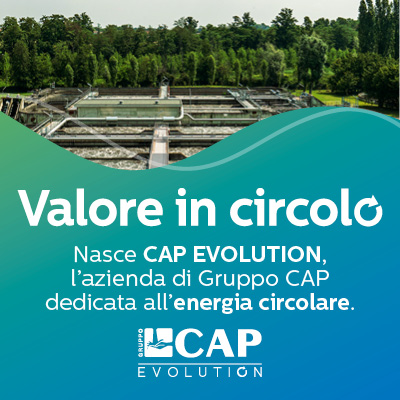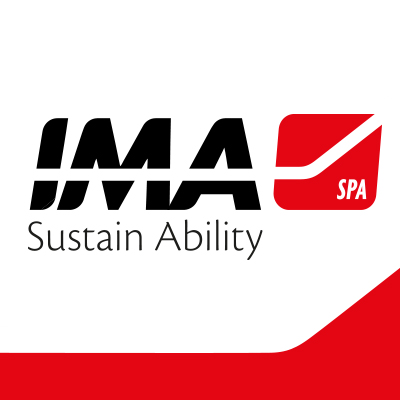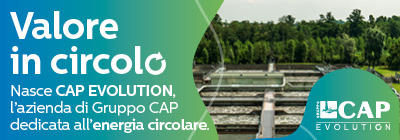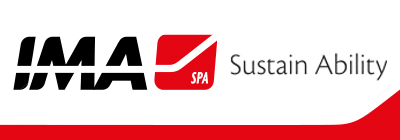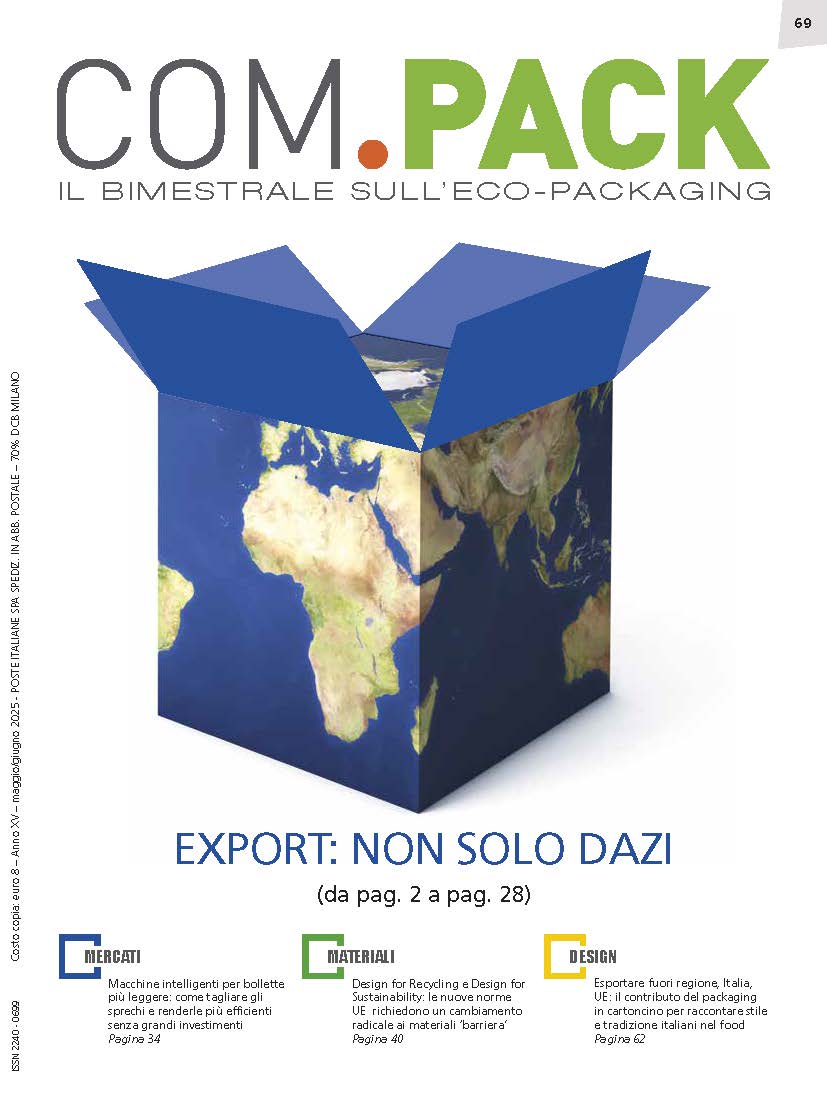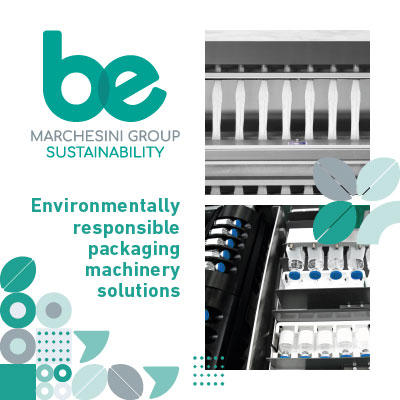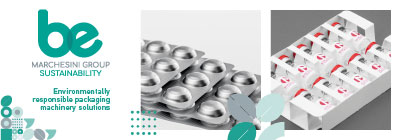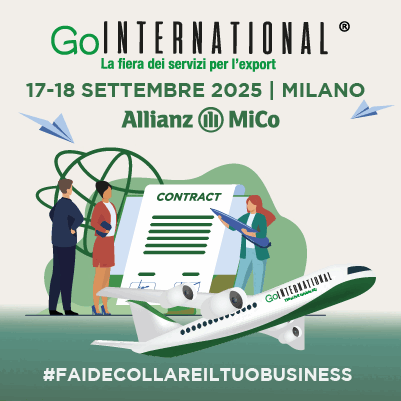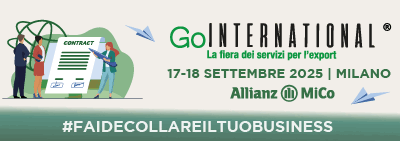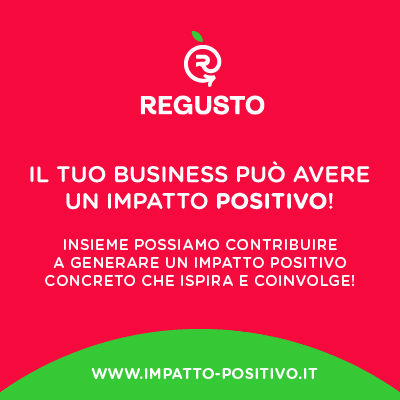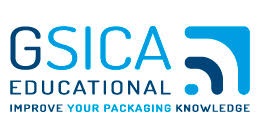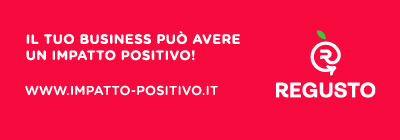IT Cartone per bevande – UK Beverage carton – F Carton pour boissons – D Pappe für Getränke – E Cartòn para bevidas
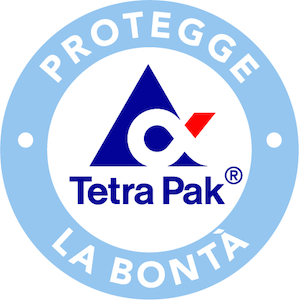 Espressione d'uso comune per indicare un contenitore in cartoncino poliaccoppiato. Nel caso di prodotti freschi (ad esempio latte pastorizzato) la struttura multistrato è composta da cartoncino rivestito sui due lati da film di LDPE, mentre per i prodotti a lunga conservazione fra il film interno di plastica e il cartoncino è interposto un foglio sottile di alluminio. Viene utilizzato per bevande, prodotti alimentari di consistenza fluida e conserve vegetali, in formati che variano da 150 mL a 2 L. La forma più diffusa è quella a parallelepipedo. Può essere dotato di apertura facilitata (a strappo) e tappo a vite richiudibile. Viene prodotto a partire da bobina oppure da contenitori preformati. Nel primo caso la produzione avviene mediante macchine FFS verticali dove si forma un tubolare continuo e viene effettuata la saldatura longitudinale e le due saldature trasversali. Il riempimento avviene durante la formatura. Nel secondo caso l'astuccio preformato (detto anche "blank" o mantello) raggiunge la stazione di riempimento già cordonato e saldato longitudinalmente e sul fondo.
Espressione d'uso comune per indicare un contenitore in cartoncino poliaccoppiato. Nel caso di prodotti freschi (ad esempio latte pastorizzato) la struttura multistrato è composta da cartoncino rivestito sui due lati da film di LDPE, mentre per i prodotti a lunga conservazione fra il film interno di plastica e il cartoncino è interposto un foglio sottile di alluminio. Viene utilizzato per bevande, prodotti alimentari di consistenza fluida e conserve vegetali, in formati che variano da 150 mL a 2 L. La forma più diffusa è quella a parallelepipedo. Può essere dotato di apertura facilitata (a strappo) e tappo a vite richiudibile. Viene prodotto a partire da bobina oppure da contenitori preformati. Nel primo caso la produzione avviene mediante macchine FFS verticali dove si forma un tubolare continuo e viene effettuata la saldatura longitudinale e le due saldature trasversali. Il riempimento avviene durante la formatura. Nel secondo caso l'astuccio preformato (detto anche "blank" o mantello) raggiunge la stazione di riempimento già cordonato e saldato longitudinalmente e sul fondo.
Articoli che contengono quewsto termine: La praticità seduce; Beverage: quale materiale?; Riciclare conviene prosegue nel 2014
A container made of polylaminated cardboard. In the case of fresh products (for example pasteurized milk) the multi-layer structure is made up of cardboard lined with two layers of LDPE film, while in products with long shelf-life there is a thing sheet of aluminium between the internal plastic layer and the cardboard. These cartons are used for beverages, liquid food products and vegetable preserves in formats that range from 150ml to 2 litres. The most widely used shape is that of a brick. The container can feature an easy open pull-top or a reclosable threaded cap. The containers are produced starting as reels or as pre-formed containers. In the first case, production takes place with vertical Form-Fill-Seal machines which forms the container shape from a continuous tube and then heat seals the container lengthwise and with two transverse seals. Filling takes place while the carton is being shaped. In the second case the pre-formed container (also called a blank) reaches the filling point already folded and sealed lengthwise and on the bottom.





